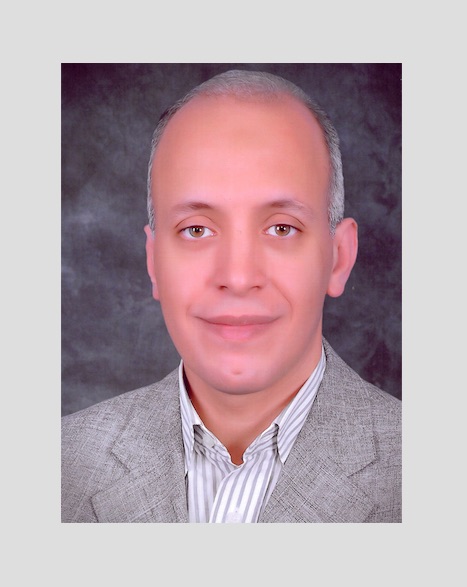The biological effect of the perfluorocarbon-based artificial oxygen carrier (OxygentÔ) was investigated in tissue- engineered trachea (TET) construction. Media supplemented with and without 10% Oxygent were compared in all assessments. Partial tissue oxygen tension (PtO2) was measured with polarographic microprobes; epithelial me- tabolism was monitored by microdialysis inside the TET epithelium perfused with the medium underneath. Chondrocyte–DegraPolÒ constructs were cultured for 1 month with the medium before glycosaminoglycan as- sessment and histology. Tissue reaction of TET epithelial scaffolds immersed with the medium was evaluated on the chick embryo chorioallantoic membrane. Oxygent perfusion medium increased the TET epithelial PtO2(51.20.3mm Hg vs. 33.40.3mm Hg at 200mm thickness; 12.50.1mm Hg vs. 3.10.1mm Hg at 400mm thickness, p<0.01) and decreased the lactate concentration (0.630.08 vs. 0.800.06mmol=L, p<0.05), lactate=pyruvate (1.870.26 vs. 3.3610.13, p<0.05), and lactate=glucose ratios (0.100.00 vs. 0.290.14, p<0.05). Chondrocyte–DegraPol in Oxygent group presented lower glycosaminoglycan value (0.030.00 vs. 0.130.00,p < 0.05); histology slides showed poor acid mucopolysaccharides formation. Orthogonal polarization spectral im- aging showed no difference in functional capillary density between the scaffolds cultured on chorioallantoic membranes. The foreign body reaction was similar in both groups. We conclude that Oxygent increases TET epithelial PtO2, improves epithelial metabolism, does not impair angiogenesis, and tends to slow cartilage tissue formation.

